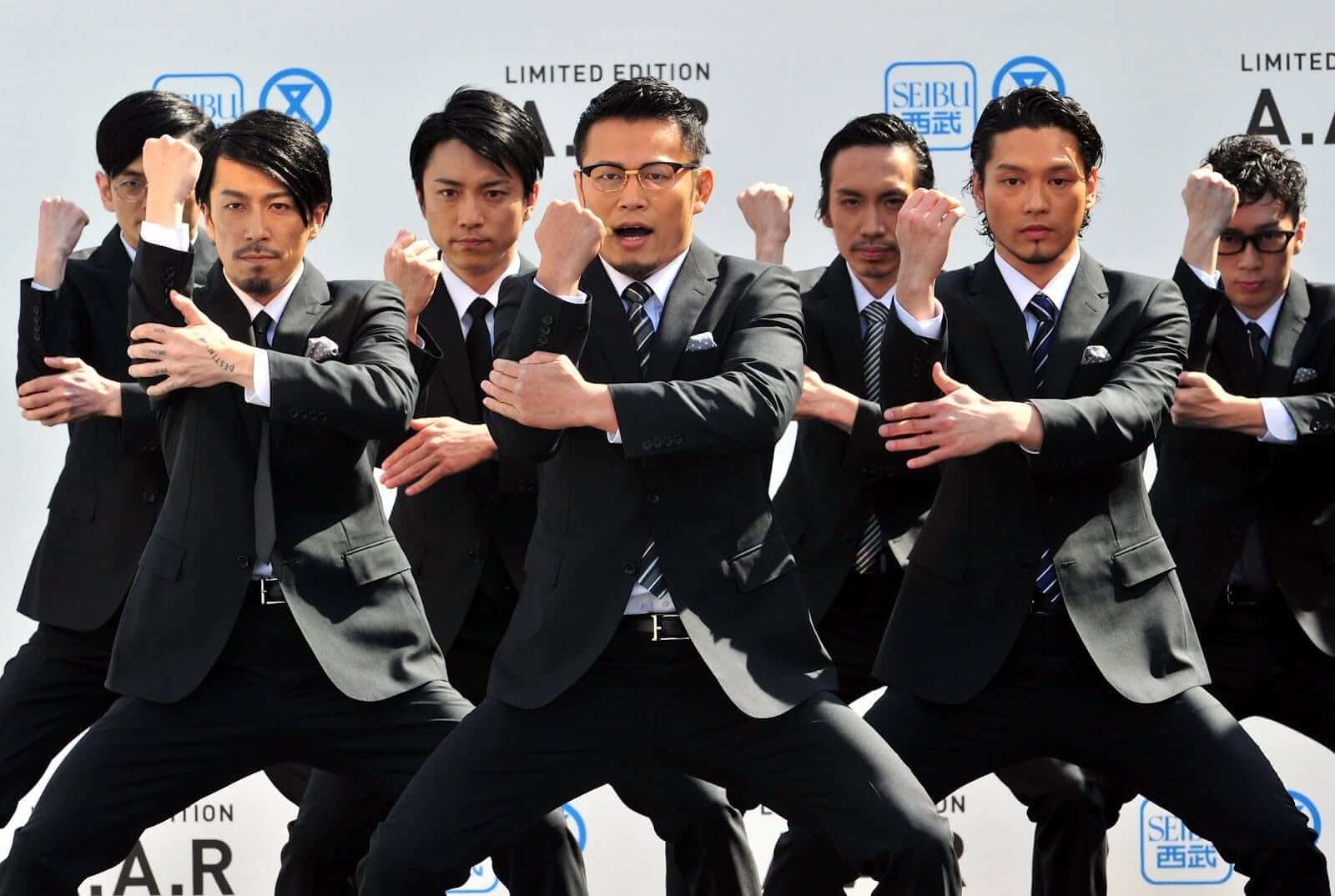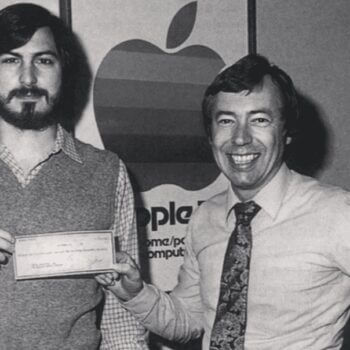I recently returned from a secundment (temporary assignment) at Pfizer, and while there were a number of lessons learned, one of the most eye-opening to me was the need to change how we interact and communicate with clients in order to be more productive.
We’ve all started a client call with a breathless client who is 10 minutes late after her last call ran over while informing you that the hour you thought you had will be cut in half. While I could write a separate blog post about calls themselves (agendas are ALWAYS a must), my point is this—clients are busy, running from meeting to meeting. When they do return to their desk, they have a mountain of email they need to dig out of. So how do we make ourselves better partners? There are a couple of simple ways to go about this.
Brevity is key. Sending fewer emails seems like an obvious remedy—and yet often proves difficult for us in practice. Unless you have an urgent need, bucketing asks is a best practice. Emails with multiple, long paragraphs tend to scare away clients from before they even started (you end up with the dreaded flag for later). Instead, lay out your asks in bullets, that very clearly and directly detail the information you need. On one of my accounts, we write a weekly hotlist so the clients know when to expect the weekly asks of them. Clients are not always easy to reach, but making emails more palatable will increase the chance of them responding and win you their appreciation.
Texting. This one is a little controversial and is not right for every client; however, there are some clients who appreciate text. One colleague at Pfizer had a strong texting relationship with her agency. She explained that if she was the hold up because an email was lost in the recesses of her inbox, she wanted to know. Yet, she also noted that it’s a two way street. If her agency expected her to respond to text, then she expected them to do the same. Do think long and hard before taking on this mode of communication.
Drop a line. One means of communication often underutilized is simply picking up the phone and calling. While clients are often in meetings, they do occasionally make it back to their desks. Sometimes getting on the phone helps prevent miscommunication that can take place over email. That said, it’s important to ensure that in at least one of your communications (again, keeping tenet one of sending fewer emails in mind), you have it noted where your discussion landed so there’s no confusion later on. Also integral is being prepared. If, for example, you’re calling because you’d like to change a website’s functionality, be prepared not only with an explanation of why, but how long. Timelines are key—reassuring the client of timing eases their mind and also shows that you can be trusted to execute.
We often rely on getting client buy-in on a program through decks that detail our plan. While this is an important tool for the initial go ahead, too often we rely on decks and long strategy memos to lay out how we will actually execute. The agency I worked with while at Pfizer was particularly guilty of this. I often witnessed decks, that I’m sure took many hours, get a mere glance by the clients who exasperated, asked “Can we stop talking about how to execute and just execute?” As we often hear Jim Weiss say, “make it happen.”
Today we have more means of communication than ever before. However, with great power, comes great responsibility. It’s important that we be cognizant of one another’s time; in fact, many of these lessons can be applied to our interaction with one another as colleagues. So before you go to write the next War and Peace in an email, try and channel your inner Dr. Seuss.
by Jaclyn Stahl




























